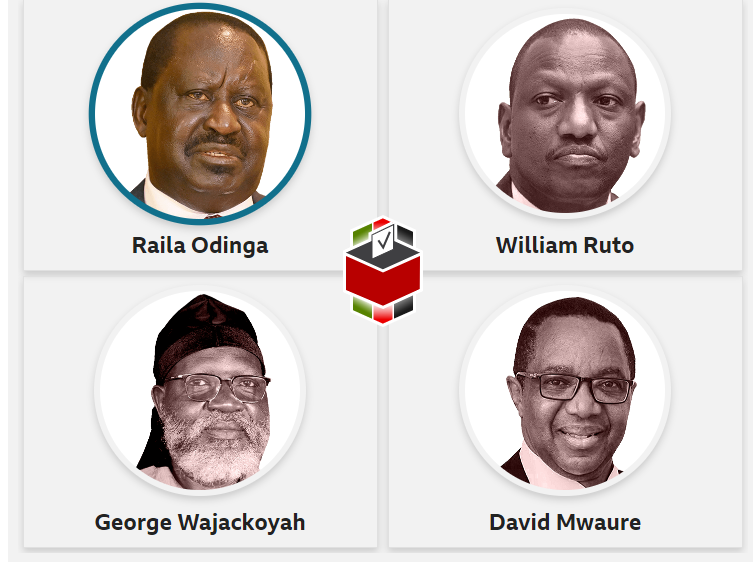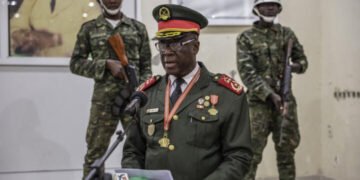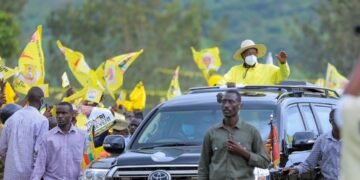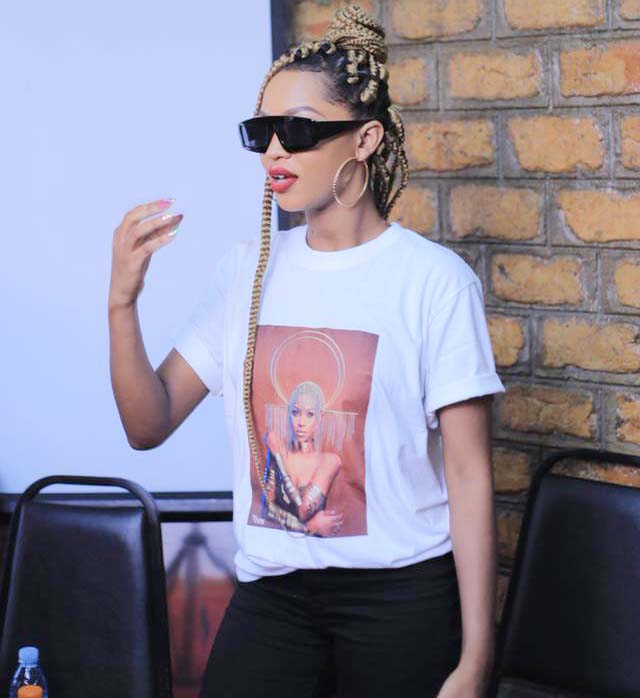Provisional results suggest a tight presidential race in Kenya between Deputy President William Ruto and former prime minister Raila Odinga.
With more than 90% of results posted from thousands of individual districts, local tallies of the raw data suggest little separates the pair.
However it could be several days before the official result is known.
This vote follows an intense campaign dominated by debates about living costs, unemployment and corruption.
Turnout is estimated at around 60%, well short of the 80% in the last election five years ago.
A largely peaceful election day was marred by logistical delays and a failure of the identification kit in some parts of the country.
Baba v Hustler
The two frontrunners in the presidential race are seasoned politicians.
Mr Odinga, 77, – a long-serving opposition leader, nicknamed Baba (“father”) by his supporters, is running for president for a fifth time. Mr Ruto, 55, who has tried to emphasise his connection with ordinary Kenyans by calling himself a “hustler”, is taking his first stab at the presidency.
Two other candidates – David Mwaure and George Wajackoya – are also in the race.
Outgoing president Uhuru Kenyatta is backing Mr Odinga, a foe turned ally, to succeed him, after a falling out with Mr Ruto.
To win the presidential race in the first round, a candidate needs:
- more than half of all the votes cast across the country
- at least 25% of the votes cast in a minimum of 24 counties.
After counting the votes, local officials take a photo of the final tally sheet and send the image to both the constituency and national tallying centres.
The media, political parties and civil society groups have been compiling their own tallies using these final results declared at the more than 40,000 polling stations.
But only the electoral commission can declare the winner of the presidential election after verifying the physical and digital forms sent to the national tallying centre.
It has seven days to announce the result.
BBC News Africa















